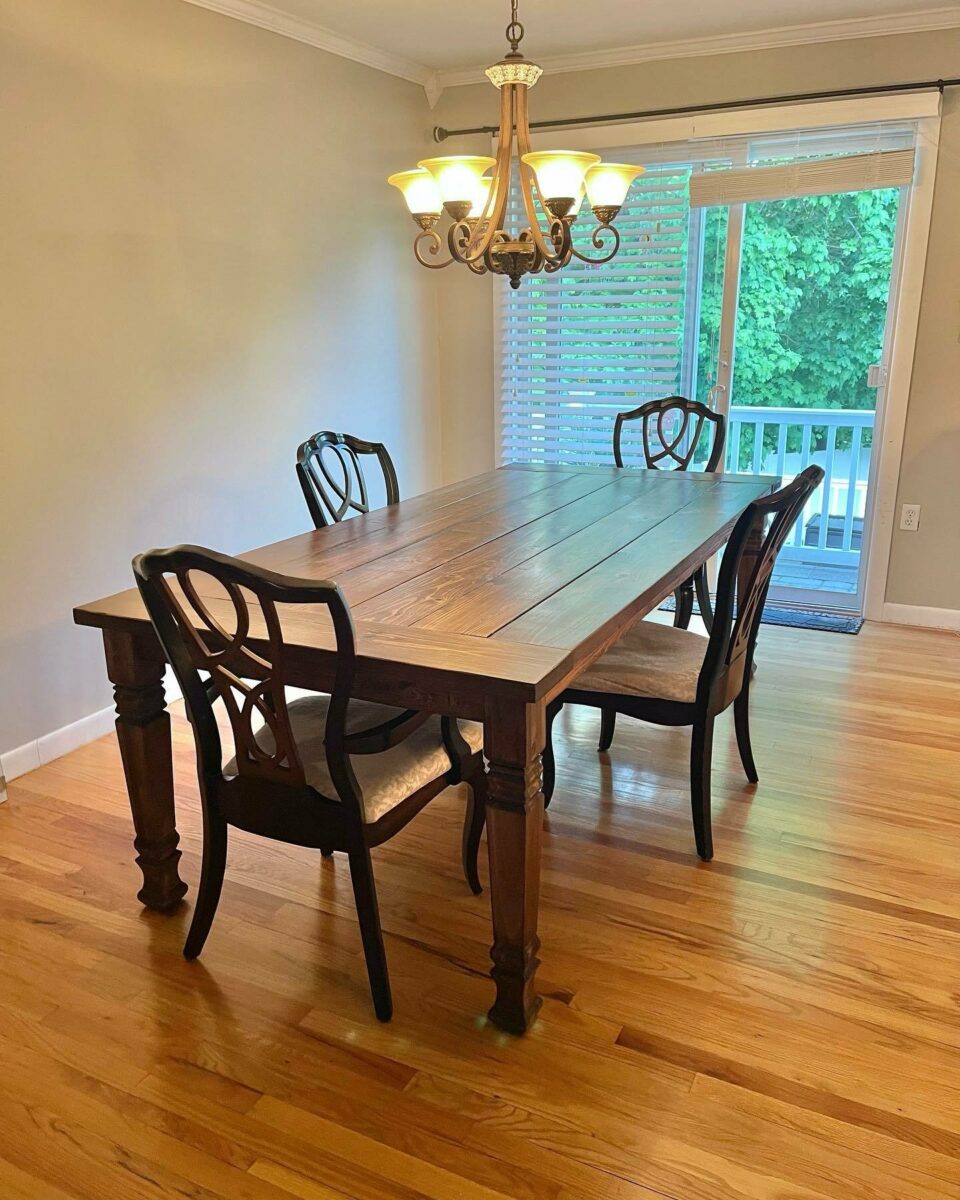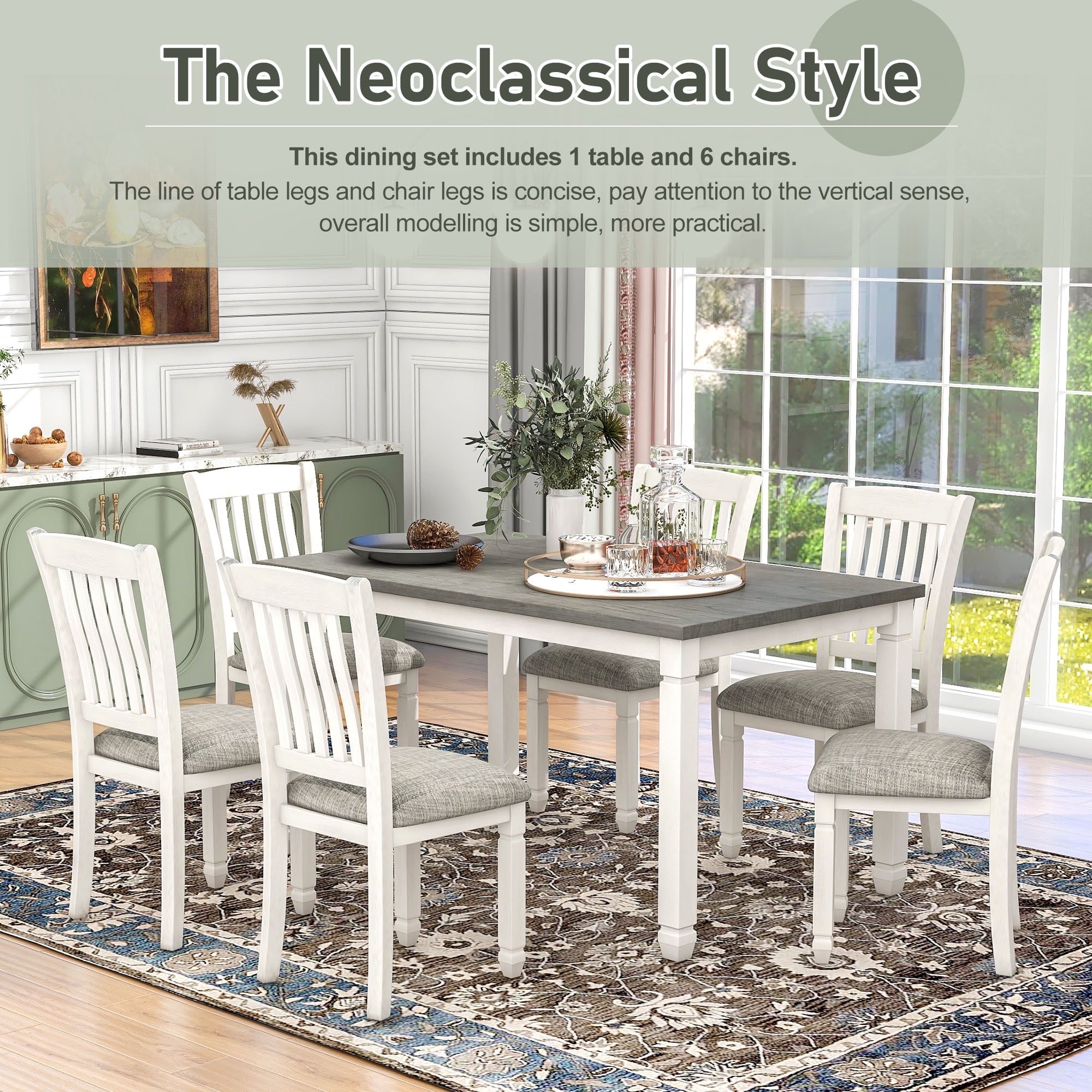Unique Dining Room Table Legs That Will Elevate Your Dining Area
From Conventional to Modern: Locate the Suitable Eating Space Table Legs for Your Style
While traditional layouts such as cabriole and transformed legs stimulate a feeling of timeless class, modern designs like hairpin and geometric choices provide a possibility for striking visual passion. As you think about these components, the inquiry remains: exactly how can you flawlessly incorporate these varied leg designs to create a harmonious dining experience?
Recognizing Table Leg Styles
The variety of eating area table leg designs can considerably affect both the looks and capability of the area. Each leg design contributes one-of-a-kind practical features and aesthetic elements, dealing with varied style choices and usage requirements. Understanding these styles is crucial for choosing the best dining table that aligns with your total interior decoration vision.
As an example, conical legs use a clean, classic look that can boost an area's sophistication, while pedestal bases supply security and maximize legroom, making them ideal for smaller sized areas. Hairpin legs, a trademark of mid-century contemporary design, present an industrial style, enabling for an airy, open feeling. Likewise, trestle legs evoke rustic beauty, providing durable support and a sense of eternity.
In addition, the selection of materials plays a significant duty. Wooden legs can bring warmth and appearance, whereas metal options usually communicate a smooth, contemporary ambiance. Ultimately, recognizing table leg styles is vital for producing a cohesive eating area that mirrors individual style while making certain functionality and convenience. By thoughtfully thinking about these elements, you can improve both the functional and aesthetic appeal of your eating space.
Traditional Table Leg Options
When choosing dining-room table legs, conventional choices commonly embody ageless sophistication and workmanship. These designs mirror an abundant heritage and a commitment to quality, making them suitable for those who value traditional looks.
Among one of the most legendary conventional leg styles is the cabriole leg, defined by its elegant bent form. This design usually features decorative makings and is most frequently located in Queen Anne and Chippendale furnishings. An additional preferred option is the transformed leg, which flaunts a series of smooth, rounded forms that give a traditional appearance while maintaining security.
Furthermore, the straight leg, while straightforward, supplies a unadorned and tough structure that can blend effortlessly with a variety of tabletop styles. For those drawn to ornate outlining, claw-and-ball feet legs stimulate a sense of splendour and can act as a sensational focal factor in any kind of dining space.
Lastly, stand bases, although not purely legs, provide an alternative traditional alternative that permits enough legroom and can be beautifully carved. Each of these traditional leg designs contributes to the overall setting of a dining-room, weding function with visual allure.

Modern Table Leg Designs
Modern table leg layouts provide a diverse series of styles that highlight innovative products and tidy lines. These styles frequently prioritize capability while acting as striking centerpieces within an eating space. Minimalist aesthetic appeals are common, with legs crafted from products such as metal, glass, and crafted timber, which add to a airy and modern feeling.
One popular style is the hairpin leg, defined by its slim, tapered framework that gives security without frustrating the tabletop (dining room table legs). This design is find out often discovered in mid-century modern furnishings and can effortlessly complement different eating table shapes. An additional trend is using geometric forms, where legs might take on unbalanced or angular types, adding visual interest and a touch of creativity

Blending Styles for One-of-a-kind Rooms
Typically, house owners look for to produce distinct dining rooms that mirror their personal design by mixing different design components. This approach permits the unification of varied appearances, causing a harmonious yet distinctive atmosphere. Coupling a rustic wood table with sleek, modern-day steel legs can create an eye-catching contrast that boosts the space's overall allure.
Furthermore, incorporating vintage table legs with modern table tops can stimulate a sense of history while maintaining a modern perceptiveness. Such combinations not just showcase specific taste however likewise urge imagination, allowing house owners to curate a space that really feels both personal and welcoming.
Color plays an go now important duty in this blending procedure; picking table legs that match or comparison with the existing color pattern can enhance aesthetic rate of interest. Whitewashed legs can soften the boldness of a dark table surface area, producing a well balanced aesthetic.
Tips for Selecting the Right Legs
Picking the right table legs is vital for accomplishing both capability and aesthetic charm in your eating space. Begin by thinking about the overall design of your room. Conventional setups take advantage of legs that feature elaborate makings or transformed designs, while contemporary areas might ask for streamlined, minimalist styles.
Following, analyze the elevation this content and stability of the legs. dining room table legs. Typical table vary in between 28 to 30 inches in elevation, so make certain the legs complement this measurement for comfort. In addition, durable products, such as wood or steel, can improve security and longevity
Assess the leg shape also-- choices consist of straight, tapered, or pedestal styles. Straight legs use a traditional look, while tapered legs can add a touch of sophistication. Pedestal bases give enough legroom and are perfect for smaller sized rooms.
Final Thought
In summary, selecting the optimal dining room table legs needs mindful factor to consider of both typical and modern-day styles. Conventional options such as cabriole and turned legs offer ageless sophistication, while modern-day layouts like hairpin and geometric shapes provide a modern touch. By balancing leg design, elevation, and product with the general decor, a natural and inviting atmosphere can be achieved. Inevitably, the selected table legs ought to show the preferred aesthetic, boosting the eating experience within the space.
The range of dining room table leg designs can considerably affect both the aesthetics and capability of the room. Inevitably, comprehending table leg designs is vital for creating a natural eating location that reflects individual style while making sure usefulness and convenience.One of the most iconic typical leg styles is the cabriole leg, identified by its graceful curved form. Straight legs provide a timeless look, while tapered legs can include a touch of beauty.In summary, picking the excellent dining area table legs needs mindful consideration of both typical and modern designs.